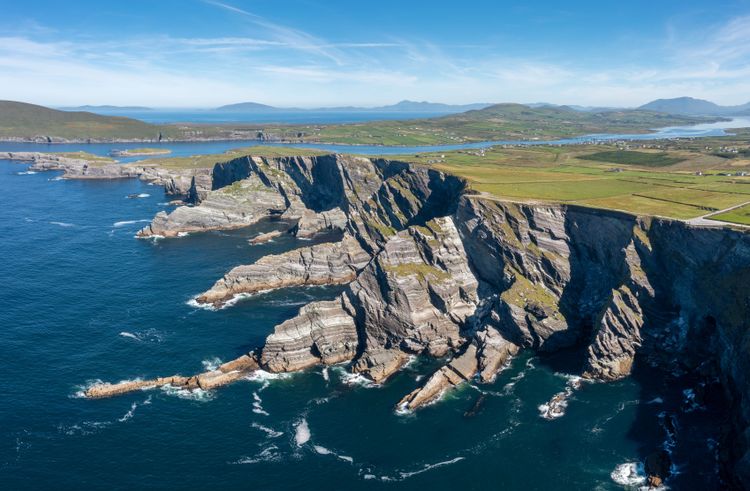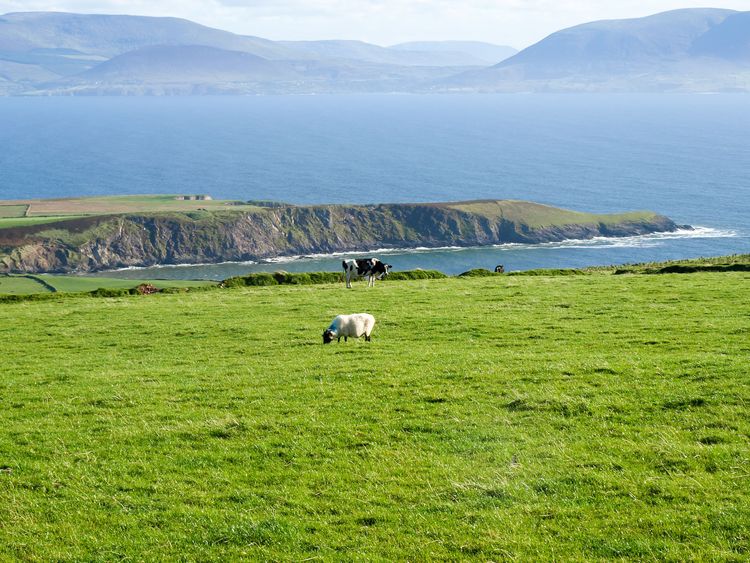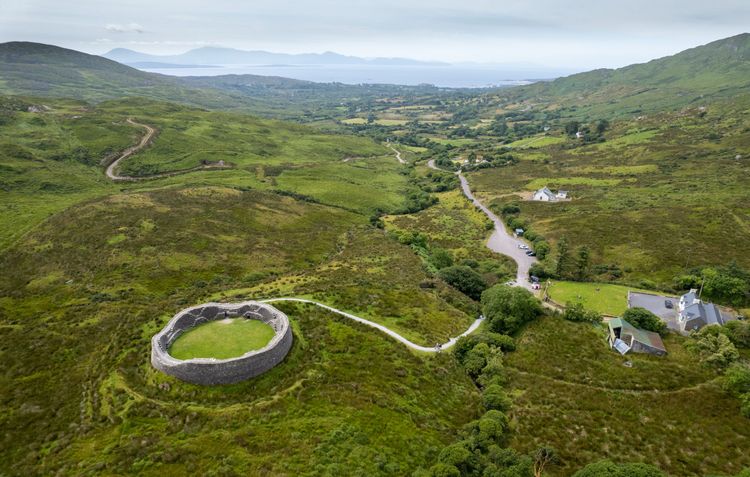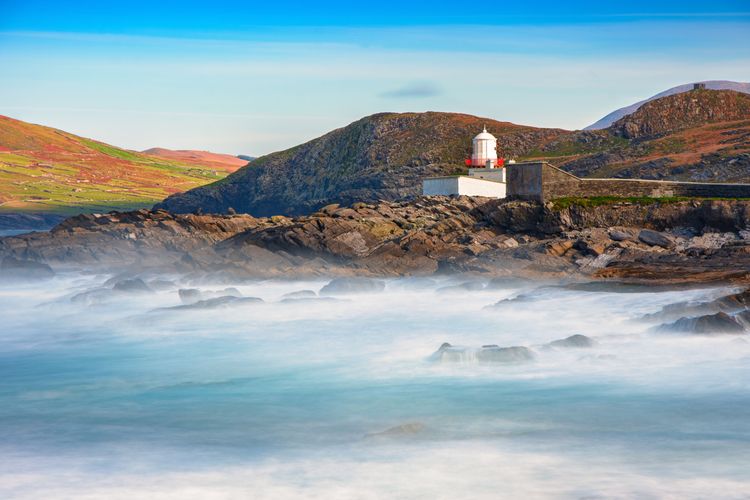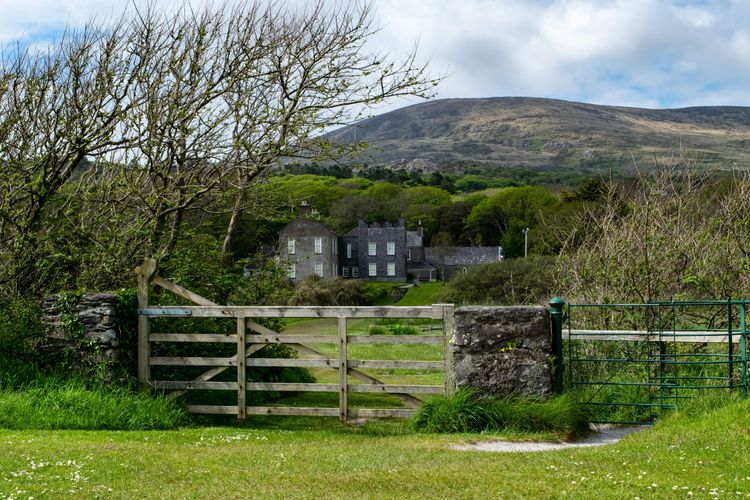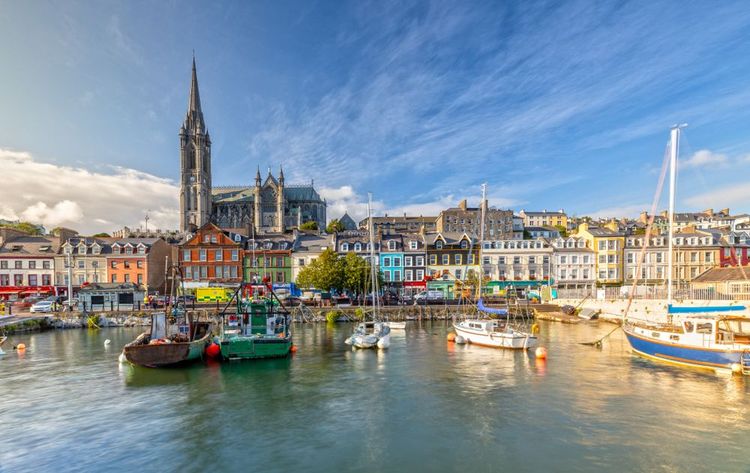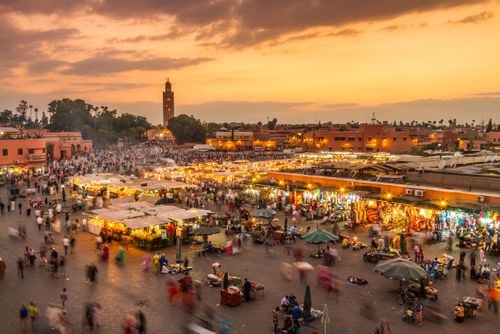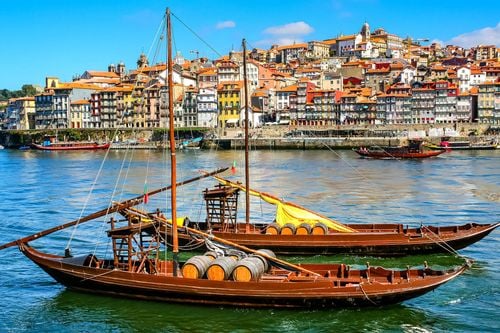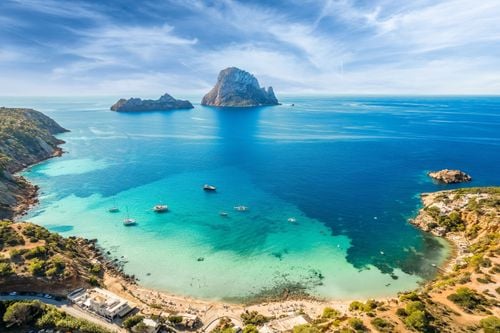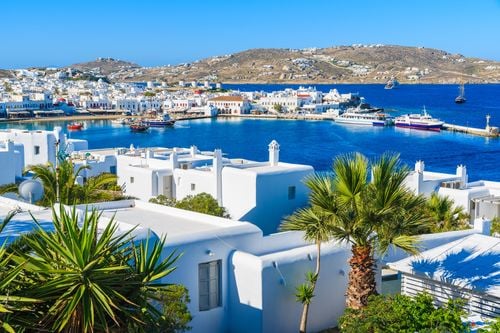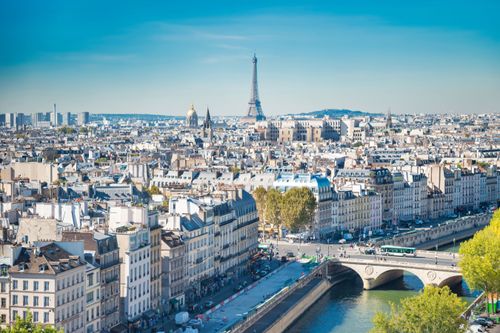Located in the awe-inspiring county Kerry, Iveragh is truly a one-of-a-kind place. What makes it particularly interesting is the fact that it is one of the smallest Gaeltachts in the country. A Gaeltacht is an Irish district where the government recognises Irish as the principal vernacular language. Introduced in the 1920s as a means to further protect the Irish language, Gaeltachts have no clearly defined borders, but are rather divided into linguistic zones. Over the years, the continued decline of the predominant use of Irish has been a challenge for these areas, with experts noting that in the 21st century, the language wouldn’t be struggling to survive if the State wasn’t perpetually imposing the use of English throughout the country, but especially in these Gaeltachts where there is still a chance to preserve the daily use of the Irish language as the main vernacular amongst locals. The 2016 census showed that in the Iveragh Gaeltacht, only 6.9% of inhabitants claimed to speak Irish on a daily basis, making it one of Ireland’s weakest Gaeltachts. The decrease of Irish speakers between 1956 and 2011 in Iveragh was found to be about 41%. Beyond this, Iveragh is known for its high concentration of Prehistoric Atlantic rock art, located mainly in Derrynablaha and Derreeny and then in Coomasaharn. The peninsula is also widely appreciated for its fascinating geology and rowdy coastline.
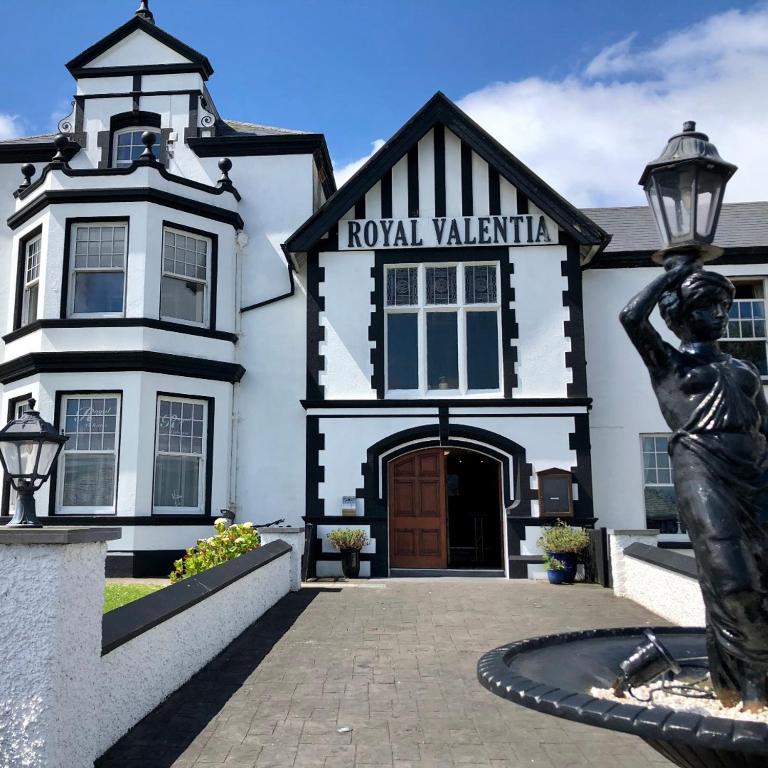 Ireland
Ireland
